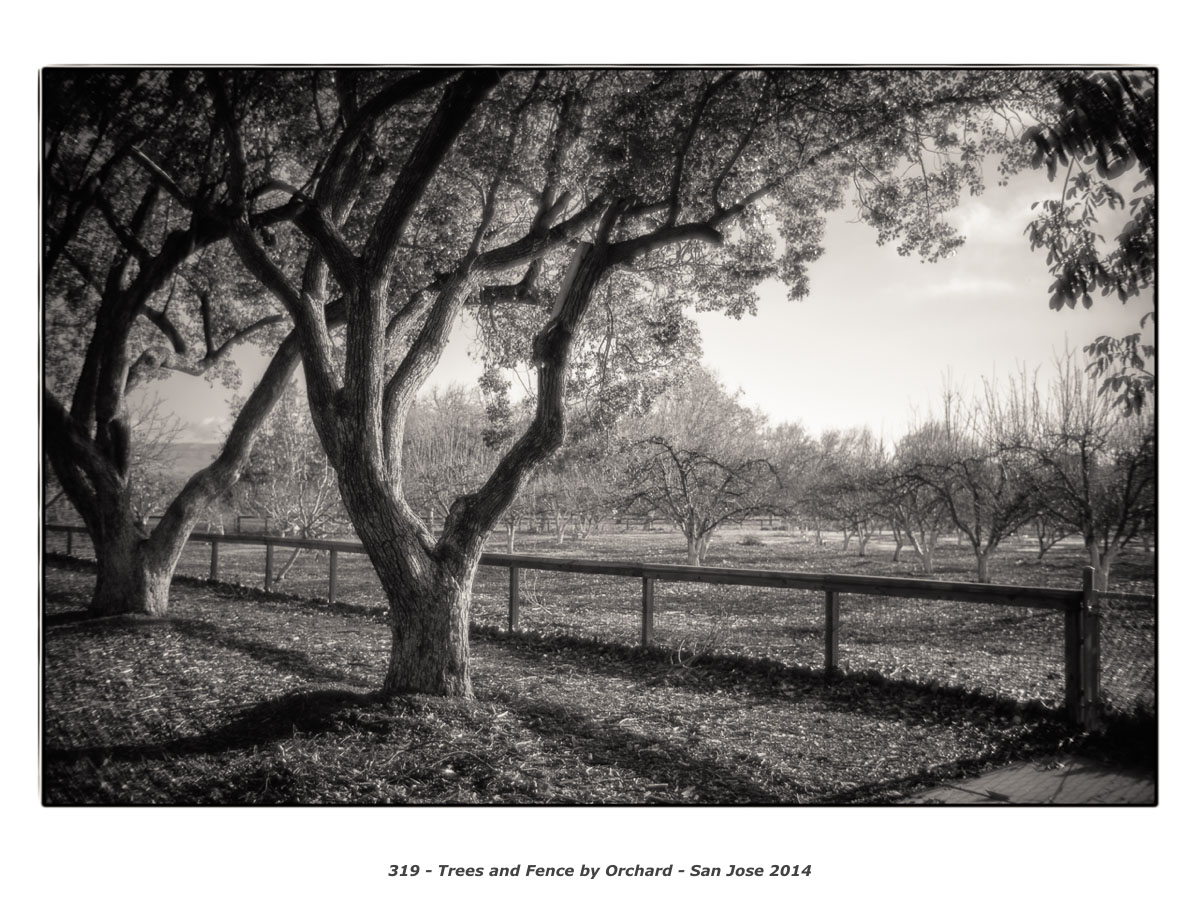Sparrow
Veteran
I normally have a very relaxed view of these photographic gimmicks, but this one strikes me as looking wrong each time it comes up ... not simply the 'not to my taste' reaction when people contrive to demonstrate excessively shallow DOF of their lenses, but an error in the representation of reality.
All I can think is that when the light is good I simply don't see the world like that, have never seen the world like that and it's perhaps that, that makes it look wrong ... and I'm sorry but I'm not convinced by the examples posted earlier, some I wouldn't call landscapes at all and the best of the others only look 'less wrong' to my eyes
Is it just a minority that feels this way?
All I can think is that when the light is good I simply don't see the world like that, have never seen the world like that and it's perhaps that, that makes it look wrong ... and I'm sorry but I'm not convinced by the examples posted earlier, some I wouldn't call landscapes at all and the best of the others only look 'less wrong' to my eyes
Is it just a minority that feels this way?






